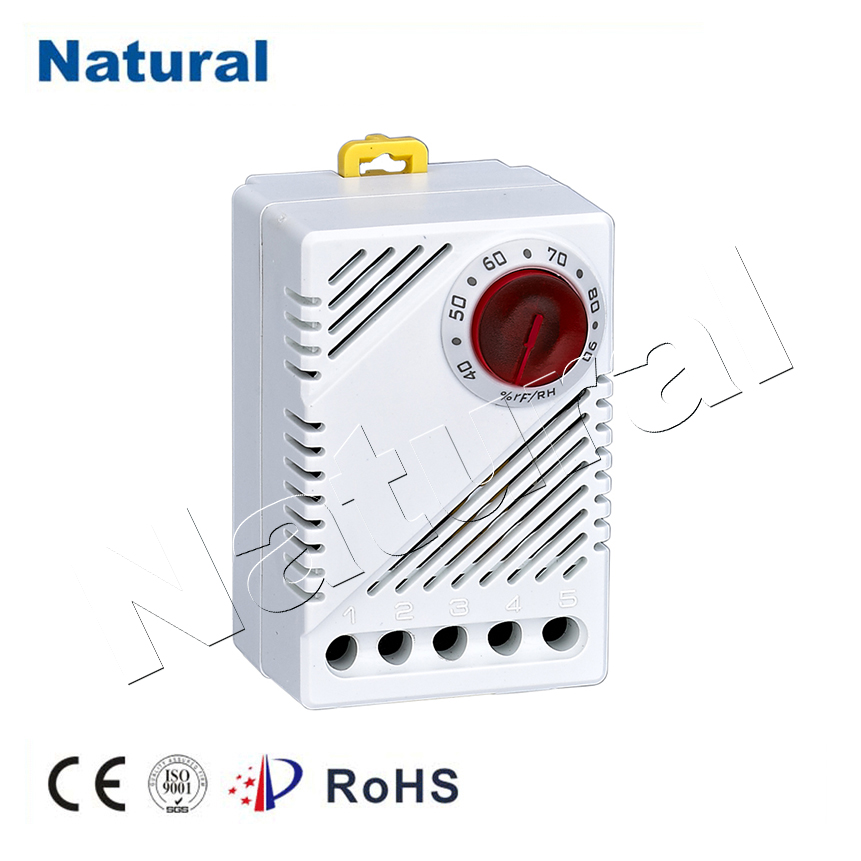Introduction:

Temperature control is a crucial aspect of various industrial processes and everyday applications. In the world of temperature management, mechanical temperature controllers play a pivotal role. These devices are renowned for their reliability, simplicity, and effectiveness in maintaining precise temperature levels. In this article, we will delve into the world of mechanical temperature controllers, exploring their functions, applications, and advantages. The Basics of Mechanical Temperature Controllers: Mechanical temperature controllers, also known as thermostats, are devices designed to regulate temperature by activating or deactivating a heating or cooling source. They function through a set of mechanical components and do not rely on complex digital algorithms or electronic circuits. This simplicity makes them an attractive choice for various applications. How They Work: The core component of a mechanical temperature controller is a bimetallic strip. This strip is composed of two different metals with distinct expansion coefficients. When exposed to temperature changes, the strip will bend due to the differing rates of expansion of the metals. This bending movement is then used to control the opening and closing of electrical contacts. Applications of Mechanical Temperature Controllers: HVAC Systems: One of the most common applications of mechanical temperature controllers is in heating, ventilation, and air conditioning (HVAC) systems. These controllers regulate the temperature in homes, offices, and industrial settings by turning heating or cooling devices on and off as needed. Refrigeration: Mechanical temperature controllers are frequently used in refrigeration units to maintain the desired temperature inside refrigerators and freezers. They ensure that perishable items stay fresh for extended periods. Industrial Processes: Mechanical temperature controllers find their place in various industrial processes where maintaining a consistent temperature is vital. Examples include plastic molding, food processing, and chemical manufacturing. Advantages of Mechanical Temperature Controllers: Reliability: Mechanical temperature controllers have a long history of dependable performance. They are less prone to electronic failures and are more robust in harsh environments. Simplicity: The straightforward design of mechanical temperature controllers makes them easy to install and operate. Minimal training is required to use them effectively. Cost-Effective: These controllers are often more budget-friendly than their electronic counterparts, making them an economical choice for many applications. Maintenance: Maintenance requirements are minimal, and they typically have a longer lifespan compared to electronic systems. Safety: Mechanical temperature controllers do not generate heat themselves, reducing the risk of electrical fires associated with some electronic devices. Conclusion: In a world increasingly dominated by digital technology, mechanical temperature controllers stand as a testament to the enduring power of simplicity and reliability. Their time-tested design and wide range of applications make them indispensable tools in temperature control. Whether in your home, office, or a complex industrial setting, mechanical temperature controllers quietly and efficiently ensure that the temperature remains just as it should be.